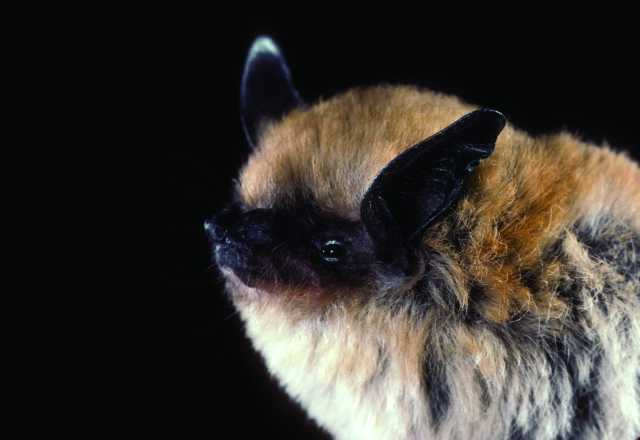83: California myotis
Little cuties
I write to you from Arapahoe, Ute, and Cheyenne land. I am interested in learning about the different animals that live in the place where I was born. Before we start with today’s animal, I want to emphasize that biological classification as understood by western society has its roots in racism, sexism, and transphobia – here’s a good explainer about why.
I counted and 18/74 of the mammals on this list are bats – very close to 25% of the total. As we discussed back in #24 (Big Brown Bat), bats comprise about 20% of all mammal species on earth, so Colorado has a few more bat species than average. What makes the California myotis (super creative Latin name, Myotis californicus) a distinctive bat species?
First, the name – myotis – relates to a genus of bats (family: Vespertilionidae) who are “mouse-eared” with ears generally longer than they are wide. Most members of the myotis genus are insectivores, and they live a long time for such a small species (size and life span often correlate) – 20 to 30 years. It’s complicated, but it seems like myotis bats have a different method of aging than do most mammals.
The California myotis lives from British Columbia down to Guatemala, including the western United States in between, and hangs out in the canyons and valleys of Colorado’s Western Slope. They will roost in manmade structures or natural ones, basically any place that they can be sheltered from the wind, including mine shafts, crevices within pinyon pines, and house eaves. They do not migrate long distances and, although no one yet knows where they go in winter, it seems likely that they hibernate within the state. The main reason why no one knows this yet is because they are one of the smallest bats in North America, and radio transmitters used to track other animals are too heavy to attach to these tiny creatures.
They’re also really cute:

(Image Source)
I particularly love this photo because it looks like the bat is posing for a senior portrait at Bat High.